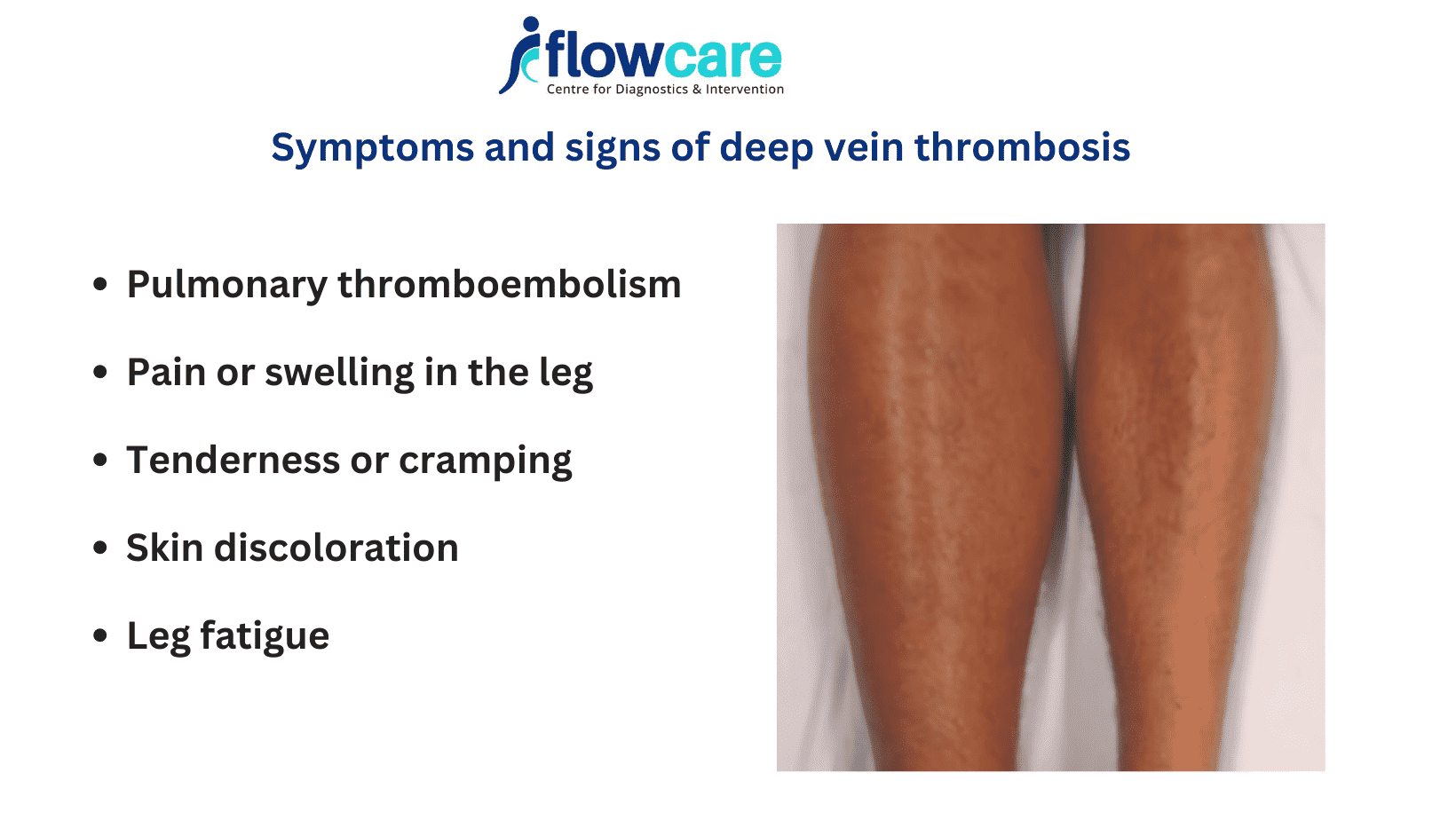
Understanding Deep Vein Thrombosis Symptoms: A Comprehensive Guide
Description
Deep vein thrombosis (DVT) is a potentially life-threatening condition that occurs when a blood clot forms in one or more of the deep veins in your body, typically in the legs. Recognizing the symptoms of DVT is crucial for early detection and prompt treatment to prevent serious complications such as pulmonary embolism. In this comprehensive guide, we delve into the various signs and symptoms of deep vein thrombosis, providing valuable insights into its diagnosis, risk factors, and management. Whether you're seeking to educate yourself or someone you care about, this resource aims to empower you with the knowledge needed to recognize and address DVT symptoms effectively.
Introduction to Deep Vein Thrombosis: Deep vein thrombosis (DVT) is a condition characterized by the formation of blood clots in the deep veins of the body, most commonly in the legs. While these clots can develop in any deep vein, they often occur in the lower extremities due to factors such as prolonged immobility, injury, or underlying medical conditions.

Understanding the Symptoms of DVT
Recognizing the symptoms of DVT is essential for early diagnosis and treatment. The signs of deep vein thrombosis can vary depending on the severity and location of the blood clot. Some individuals may experience no symptoms at all, while others may present with noticeable signs such as:
- Leg Swelling: Swelling, particularly in one leg, is a common symptom of DVT. This swelling may occur suddenly and may be accompanied by discomfort or pain.
- Pain or Tenderness: Individuals with DVT often experience pain or tenderness in the affected leg, which may worsen when standing or walking. The pain may feel like cramping or soreness and may be accompanied by warmth and redness in the area.
- Skin Discoloration: In some cases, the skin overlying the affected vein may appear reddish or bluish in color. This discoloration is often a result of impaired blood flow due to the blood clot.
- Warmth to the Touch: The skin around the affected area may feel warm to the touch, indicating inflammation and increased blood flow to the area.
- Vein Enlargement or Visible Veins: In more severe cases of DVT, the affected vein may become enlarged and more visible beneath the skin. This is often accompanied by a feeling of heaviness or tightness in the leg.
It is important to note that while these symptoms may indicate the presence of DVT, they can also be caused by other conditions. Therefore, if you experience any of these symptoms, it is essential to seek medical attention for a proper diagnosis.
Diagnosing Deep Vein Thrombosis
Diagnosing DVT typically involves a combination of medical history, physical examination, and diagnostic tests. Your healthcare provider may perform a variety of tests to confirm the presence of a blood clot, including:
- Ultrasound: Ultrasound imaging is often used to visualize the blood flow in the veins and detect any abnormalities, such as blood clots.
- D-dimer Test: A D-dimer test measures the level of a specific protein fragment in the blood that is produced when a blood clot dissolves. Elevated levels of D-dimer may indicate the presence of a blood clot, although further testing is usually required for confirmation.
- Venography: Venography is a more invasive procedure that involves injecting a contrast dye into the veins to make them visible on X-ray images. This test may be used if other diagnostic methods are inconclusive.
- MRI or CT Scan: In some cases, magnetic resonance imaging (MRI) or computed tomography (CT) scans may be used to provide detailed images of the blood vessels and detect any abnormalities.
Once a diagnosis of DVT is confirmed, treatment typically involves anticoagulant medications to prevent the blood clot from growing larger and reduce the risk of complications such as pulmonary embolism. In some cases, additional interventions such as thrombolytic therapy or surgical removal of the clot may be necessary.
Preventing Deep Vein Thrombosis
While certain risk factors for DVT, such as age, family history, and genetics, cannot be changed, there are several steps you can take to reduce your risk of developing this condition:
- Stay Active: Regular exercise and movement can help improve circulation and reduce the risk of blood clots. If you sit for long periods, try to take frequent breaks to stretch your legs and move around.
- Maintain a Healthy Weight: Being overweight or obese increases the risk of DVT, so maintaining a healthy weight through a balanced diet and regular exercise is essential.
- Avoid Prolonged Immobility: If you are traveling for long periods, such as on a plane or car trip, make an effort to move around and stretch your legs regularly. If you are bedridden due to illness or surgery, your healthcare provider may recommend compression stockings or other measures to promote circulation.
- Stay Hydrated: Drinking plenty of fluids can help prevent dehydration, which can increase the risk of blood clots. Aim to drink at least eight glasses of water per day, more if you are active or in a hot environment.
- Manage Underlying Health Conditions: Certain medical conditions, such as cancer, heart disease, and inflammatory disorders, can increase the risk of DVT. Proper management of these conditions, including medication and lifestyle changes, can help reduce your risk.
Conclusion
Deep vein thrombosis is a serious condition that requires prompt diagnosis and treatment to prevent potentially life-threatening complications. By understanding the symptoms of DVT and taking steps to reduce your risk, you can protect your health and well-being. If you experience any signs or symptoms of DVT, it is important to seek medical attention immediately for proper evaluation and management. With early detection and appropriate treatment, the outlook for individuals with DVT is generally favorable, and the risk of complications can be minimized.
Servicio de atención al cliente por UserEcho

